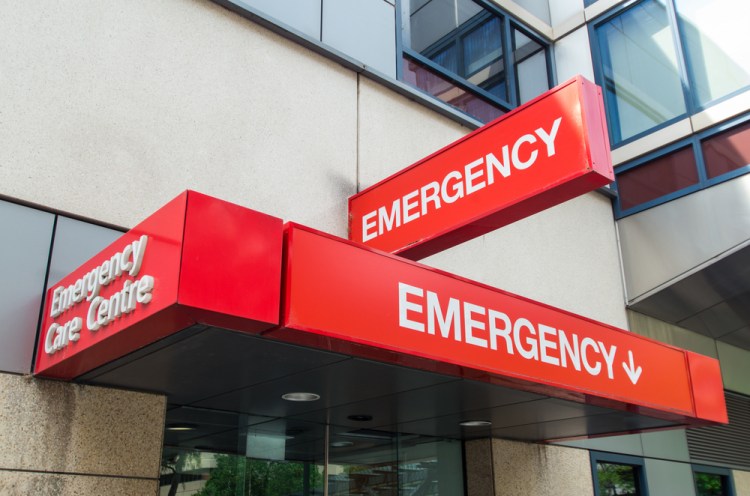This sponsored post is produced by Better Health East Bay.
When it comes to serious health needs in our community, we don’t have to look too far. Here in Alameda County, one in three residents are vulnerable to serious health problems. We are a highly diverse community of 2.5 million people: almost a third are born outside the U.S. and 43 percent do not speak English at home. But we share a common issue: many of us have complex medical needs.
And we’ve determined that our health care delivery crisis centers on one very important point. It’s what we call “fragmentation vs. coordination.”
Think about how hard it is for an isolated senior struggling to manage their diabetes when they are not able to shop at a grocery store. Or for a working parent to monitor his child’s chronic asthma if the child is playing after-school sports.
While they are striving to manage their health or the health of a loved one, they are justifiably frustrated when one hospital tells them to do A, B, and C and another hospital three days later tells them to do X, Y, and Z. This type of episodic care for our most vulnerable neighbors is an example of where good intentions meet costly healthcare silos — and how a patient can experience a merry–go–round of ER visits and discharges.
In business and in philanthropy, we talk a lot about “making an impact” — how to define it and how to measure it. We balance the tension of having to focus on return-on-investment against the need to be open to new ideas that solve problems in creative ways. As a health care network on the front lines of managing the health of our community, we have to be good at both.
Today, Sutter Health’s Alta Bates Summit Medical Center, with campuses in Oakland and Berkeley, is one of only six hospitals in the country working with Jeffrey Brenner, M.D., and the Camden Coalition’s Hotspotting Advisory Group. Learning from Dr. Brenner’s groundbreaking work, we are implementing a geographic information system (GIS) to identify “hot spots” where large concentrations of people are using the emergency room (ER) for non-urgent care. This mapping technology will help identify extreme patterns of how patients access and use health care resources in our community. This includes a shocking view into the escalating use — and cost — of the ER for primary care needs.
The patient stories and GIS data we have gathered so far have yielded much more than maps, however. With some of the hottest hot spots in the Bay Area and the biggest pockets of urban poverty in Northern California, it is not surprising that we also have some of the highest “superutilizers” of hospital ERs right here in the Bay Area.
This includes at least one patient who has visited East Bay emergency rooms nearly 900 times in three years.
So, what do we do?
Sutter Health’s partnership with the Camden Coalition brought Dr. Brenner and his team to Oakland to engage East Bay care givers in a discussion about how to deliver better care at a lower cost, especially for those dependent upon a fragile and fragmented safety net. Together, we’ve taken a collective approach to the problem by gathering data, engaging stakeholders, enticing innovators, and collaborating with funders.
Using common sense digital tools and technology combined with data-driven insights, our vision is to make the patient’s individualized care plan visible to medical and social service providers, and to help community clinics more efficiently and effectively track their progress and follow-up care, regardless of where the patient enters the system.
We know the right technology exists when innovative companies like Lyft can give customers simple, practical tools to track a driver, or FedEx customers can see where their package is along the route. It is up to us to apply the same smart approach to how our most complex patients navigate the health system and how we care for them along the way.
Collaborating with organizations from around Alameda County, we are already hard at work, designing and building the technology infrastructure that will become a virtual safety net for the East Bay. With exceptional partners like the California HealthCare Foundation providing investment and support, we are making progress in our plans to make this well-connected patient-centric system a reality for our community.
And, while we are focused on creating a smarter, more efficient infrastructure, at the heart of it all is healthier people and a healthier community. Now that is a future worth investing in.
Jim Hickman is CEO of Better Health East Bay.
Sponsored posts are content that has been produced by a company that is either paying for the post or has a business relationship with VentureBeat, and they’re always clearly marked. The content of news stories produced by our editorial team is never influenced by advertisers or sponsors in any way. For more information, contact sales@venturebeat.com.


